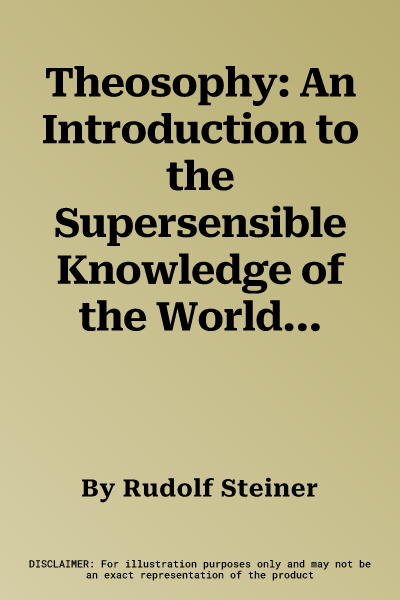Written in 1904 (CW 9)
Given his energetic involvement in practical initiatives and extensive
lecturing, Rudolf Steiner had very little time to write. Of the books he
found time to write, four titles are considered indispensable
introductions to his teaching as a whole: How to Know Higher Worlds; An
Outline of Esoteric Science; Intuitive Thinking As a Spiritual Path;
and Theosophy. With the exception of his Anthroposophical Leading
Thoughts and Autobiography, Steiner's writings belong to his earliest
work.
In this classic translation of Theosophy, Steiner brings us a
psychology based not on the conventional duality of body and mind, but
on the more ancient division of body, soul, and spirit. Steiner offers a
detailed description of the functions and organs of the three aspects of
the human being, as well as the objective realms to which they belong.
Just as the physical body originates in and belongs to the material
world, so too do the human soul and spirit belong to their specific
realms. These are the dimensions through which all human beings travel
in the life after death, and in which--after passing the "midnight
hour"--we begin to seek our karma and destiny in a new life. Theosophy
features one of the most comprehensive and condensed of all Steiner's
accounts of these realms, as well as the events our immortal being
experiences in passing through them.
The book ends with a chapter on the modern "path of knowledge," in which
Steiner describes exercises by means of which everyone can develop the
latent powers of perception needed to know the higher worlds.
Rudolf Steiner Press published this series of re-edited, re-typeset, and
re-designed editions of the classic, authorized translations of Rudolf
Steiner's foundational books, printed in a limited edition of 1,000
copies and sewn-bound in high-quality cloth, finished with colored end
papers and a bookmark ribbon.
This volume is a translation of «Theosophie, Einführung in
übersinnliche Welterkenntnis und Menschenbestimmung» (GA 9)

